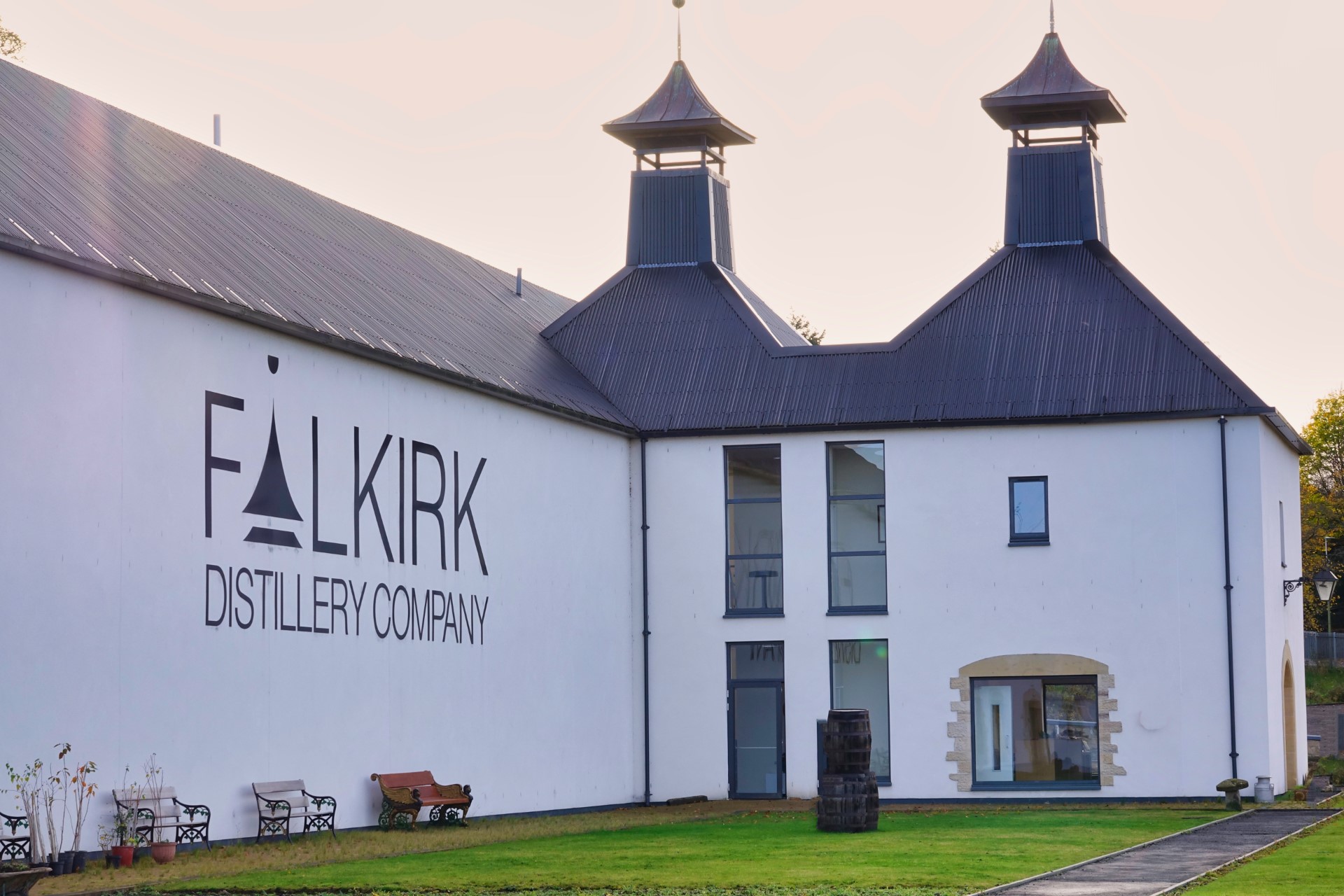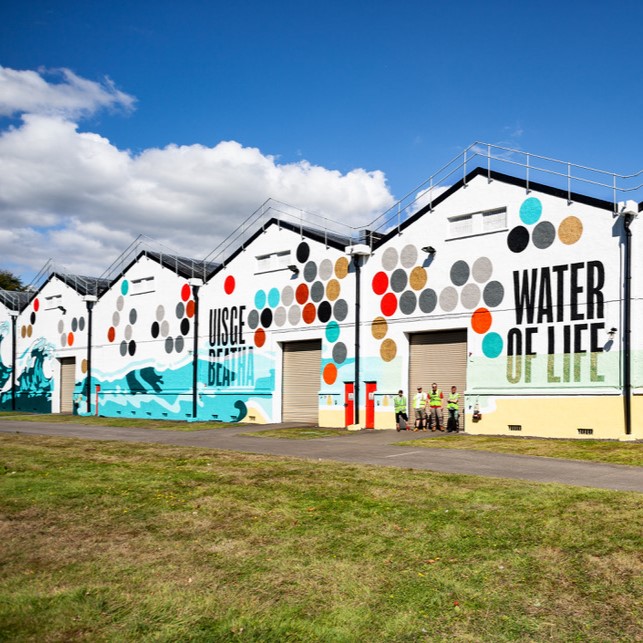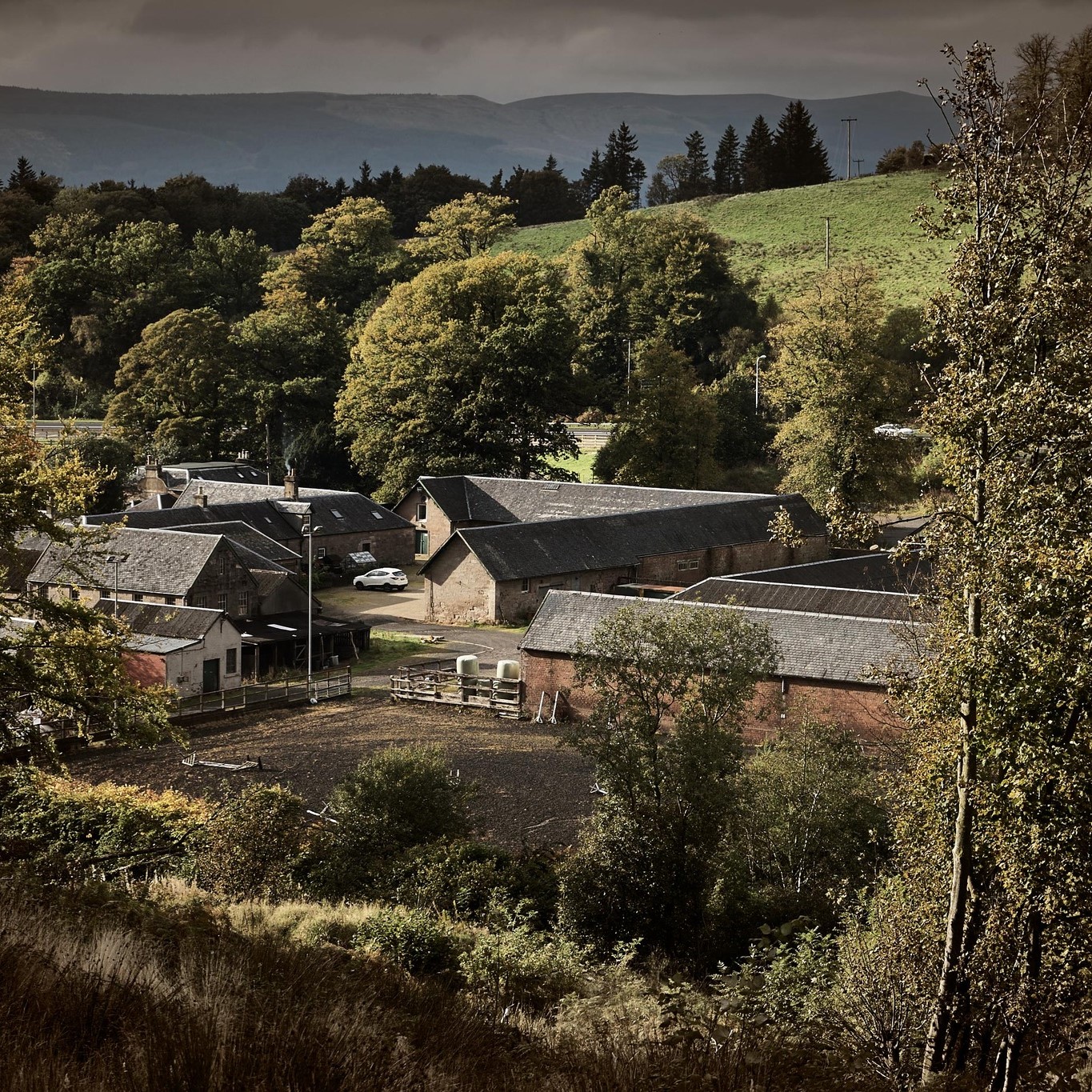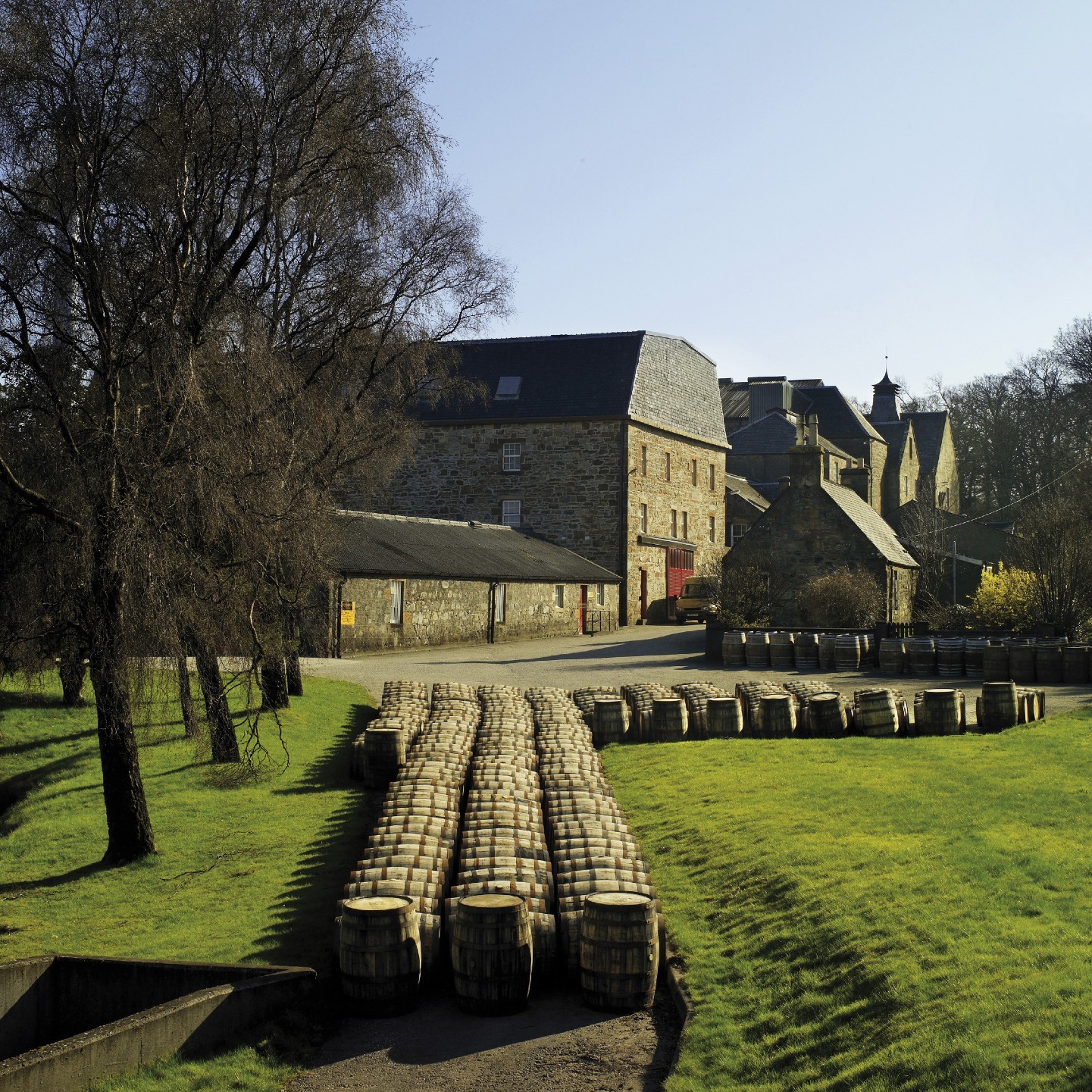Circular Economy

A circular economy

The circular economy is a model of production and consumption, which involves sharing and reusing existing materials and products as long as possible.
As an industry which is reliant on the strength of its supply chain, the Scotch Whisky industry is working to a circular economy method across a number of areas.
Using co-products
The Scotch Whisky industry is traditionally a low waste producer. Spent grain, still nutritious, has historically been used as animal feed, along with pot ale which is left at the end of the distilling process. As the sector seeks to decarbonise its operations, these materials, known as co-products, are increasingly being used as feedstock for anaerobic digestion plants, producing energy and soil conditioners.
Alongside these now established routes for re-use, research and development continues to explore a range of value-add opportunities in food, feed, cosmetics and biofuel. Multi-stakeholder partnerships have supported the development of Scottish-based companies utilising co-products in a variety of applications.

Case Study: Falkirk Distillery
An innovative partnership between Falkirk Distillery and biotechnology company MiAlgae aims to reduce the waste output, carbon emissions and water footprint of the distillery by recycling whisky co-products as feedstock to grow microalgae.
Whisky co-products like pot ale and spent lees are transported from the distillery to a commercial demonstrator site, where they are used in MiAlgae’s processes to create an omega-3-rich microalgae that can be then used as a nutritious pet food ingredient, reducing global reliance on wild-caught fish as a primary source of omega-3. There are plans for the co-location of distilleries and biotechnology facilities, which will create an on-site water recycling solution, further committing to the sector’s goal of using water more efficiently.
Innovation in CO2 Capture
In a distillery, there are two main sources of carbon emissions: the combustion of fossil fuels to generate steam/heat and the CO2 generated and released during the fermentation process. Technology and innovation is now beginning to provide opportunity to test the capture of this fermentation CO2 for use in different ways.
Packaging
While packaging is an issue for all manufactured consumer goods, aspects of whisky pose additional challenges we need to address, in particular:
- We are a premium sector, and consumers expect high quality packaging to match a high-quality product.
- While it’s inert properties and quality of finish make it the ideal material for bottling scotch whisky, it is the heaviest of the materials used to package alcoholic beverages, and subsequently has a comparatively higher carbon impact
- There is currently not enough recycled glass in the packaging ecosystem to fulfil the needs of our industry. This is an important challenge for our industry and policy makers. It is critical to ensure glass collection and reprocessing infrastructure and the underpinning policy is designed to maximise the recovery of glass from the waste stream for remelt in the UK, rather than for lesser value purposes, or export.
Case Study: Bruichladdich Distillery
On a mission to use less and to use better, Bruichladdich Distillery redesigned their flagship Classic Laddie bottle, taking a number of steps to reduce their impact and lower packaging emissions. The secondary tin was removed the optimised bottle design means that it is 32% lighter than the previous version, while still keeping the iconic aqua colour – now with an organic ink coating. The recycled glass content of the bottle has also risen to an average of 60%.
This lighter bottle means shipping is more efficient, with more bottles on every pallet that enters or and leaves the distillery – further cutting transport CO2 emissions when shipping on and off Bruichladdich’s home on Islay. By optimising a number of design choices, the new bottle reduces packaging CO2 emissions by 65%, and the distillery will continue reviewing all elements of the production process to reduce its impact across the entire value chain – from grain to glass.


